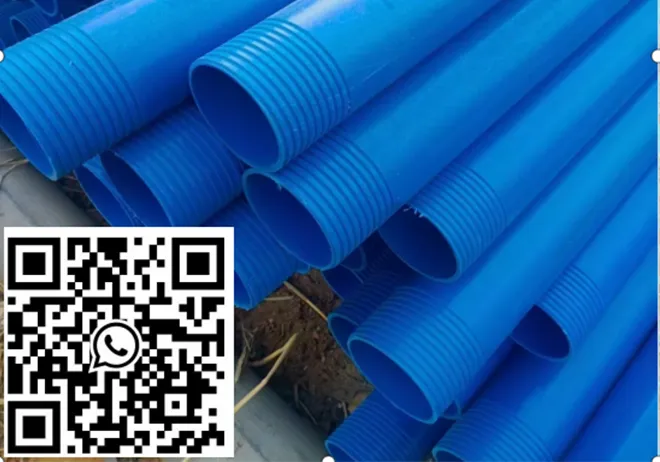Nov . 08, 2024 22:17 Back to list
ppr hot water pipe service
The Role of PPR in Hot Water Pipe Service
PPR, or random copolymer polypropylene, has emerged as a preferred material for piping systems, particularly in hot water applications. This is due to its unique properties that make it suitable for both residential and commercial installations. Understanding the advantages of PPR piping, especially in hot water service, is essential for anyone involved in plumbing or construction.
Advantages of PPR Pipes
One of the most significant benefits of using PPR pipes for hot water service is their excellent thermal resistance. PPR pipes can withstand temperatures up to 95°C (203°F), making them ideal for hot water supply systems. Furthermore, PPR has a low thermal conductivity, meaning that it retains heat effectively, which can lead to energy savings by reducing heat loss during water transport.
Another advantage of PPR is its chemical resistance. These pipes are not affected by mineral deposits or limescale, which can often plague metallic pipes. This characteristic ensures longevity and reduces maintenance requirements over time. Unlike traditional metal pipes, PPR does not corrode, thereby preventing leaks and extending the lifespan of the plumbing system.
The lightweight nature of PPR is another factor that contributes to its growing popularity. Being significantly lighter than metal alternatives, PPR installation is easier and requires less manpower, which can reduce labor costs. Additionally, PPR pipes are easily cut and fitted, allowing for faster installation processes compared to traditional piping systems.
Installation and Application
ppr hot water pipe service

When it comes to installation, PPR piping systems utilize a fusion welding technique that creates permanent and leak-free joints. This method enhances the integrity of the overall plumbing system and allows for minimal risk of leakage, a common issue faced with threaded metal pipes. The seamless design of PPR pipes also aids in maintaining the quality of the water, as there are no joints where contaminants can be introduced.
PPR piping is widely used in various applications including residential hot water installations, commercial buildings, and industrial facilities. Its versatility makes it suitable for any setup requiring consistent hot water delivery, such as underfloor heating systems, radiators, and domestic hot water systems.
Environmental Considerations
In the age of environmental sustainability, PPR piping also provides an eco-friendly option. Made from recyclable materials, PPR can be dismantled and repurposed at the end of its life cycle, minimizing environmental impact. Furthermore, PPR's efficiency in retaining heat translates to energy savings, contributing positively to a building’s overall energy footprint.
Conclusion
In summary, PPR pipes represent a significant advancement in hot water pipe service technology. Their thermal resistance, chemical stability, lightweight nature, and ease of installation make them an excellent choice for a range of applications. As the construction and plumbing industries continue to evolve, the adoption of materials like PPR will undoubtedly play a crucial role in improving efficiency and sustainability.
For anyone considering upgrades or new installations in hot water piping, PPR should be at the forefront of material choices. With growing concerns about energy consumption and environmental impact, investing in PPR piping may not only enhance the functionality of the plumbing systems but also contribute to a more sustainable future in construction.
-
High-Quality PVC Borehole Pipes Durable & Versatile Pipe Solutions
NewsJul.08,2025
-
High-Quality PVC Perforated Pipes for Efficient Drainage Leading Manufacturers & Factories
NewsJul.08,2025
-
High-Quality PVC Borehole Pipes Durable Pipe Solutions by Leading Manufacturer
NewsJul.08,2025
-
High-Quality PVC Borehole Pipes Reliable PVC Pipe Manufacturer Solutions
NewsJul.07,2025
-
High-Quality UPVC Drain Pipes Durable HDPE & Drain Pipe Solutions
NewsJul.07,2025
-
High-Quality Conduit Pipes & HDPE Conduit Fittings Manufacturer Reliable Factory Supply
NewsJul.06,2025

